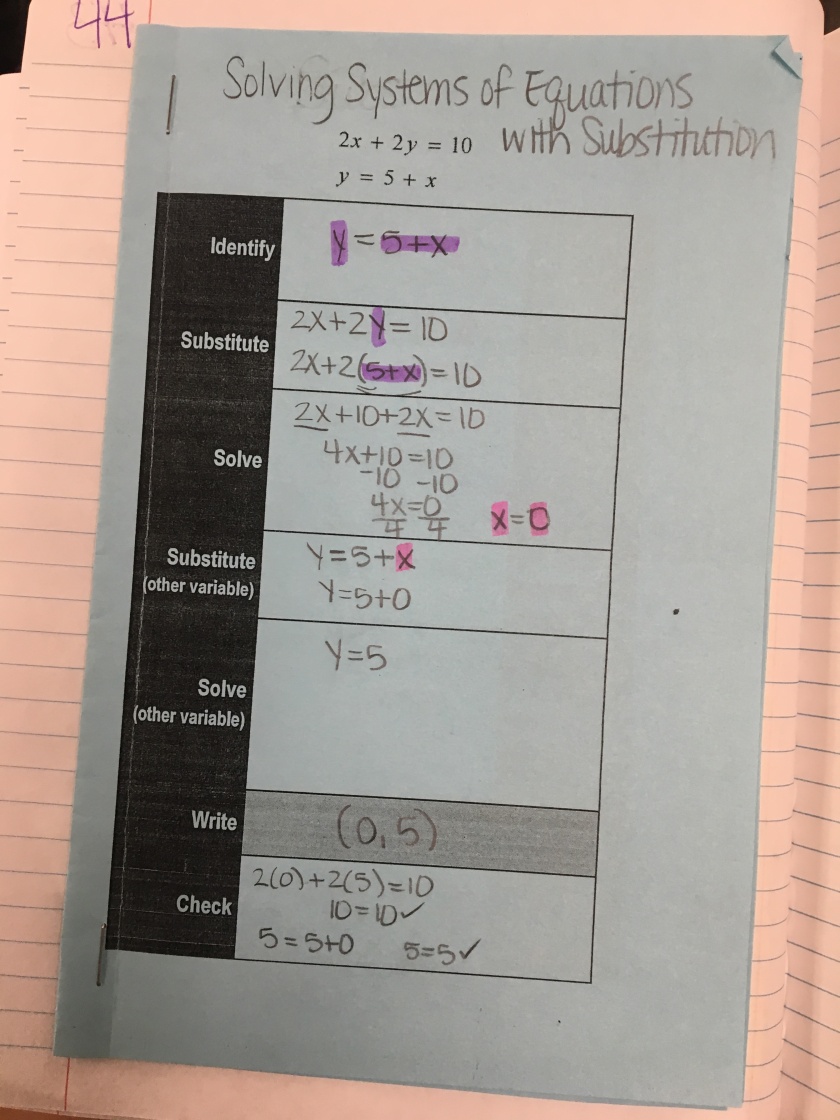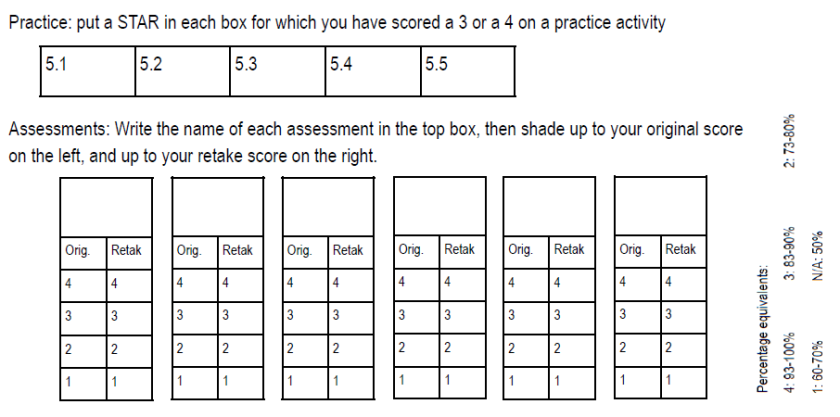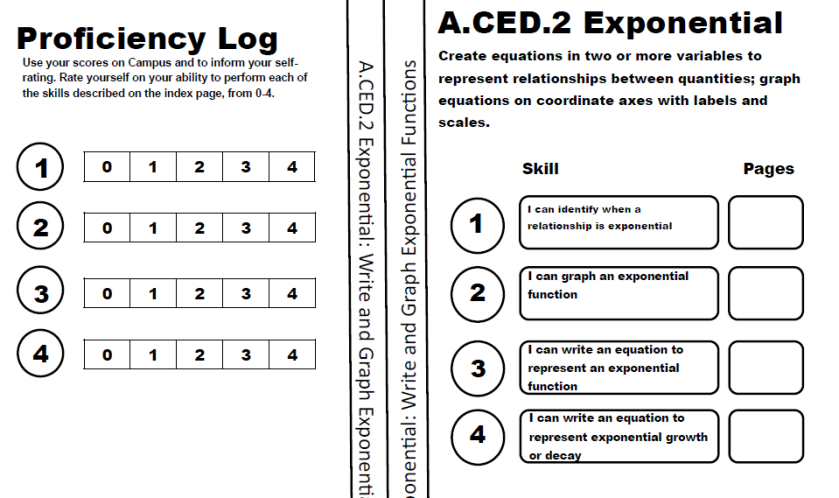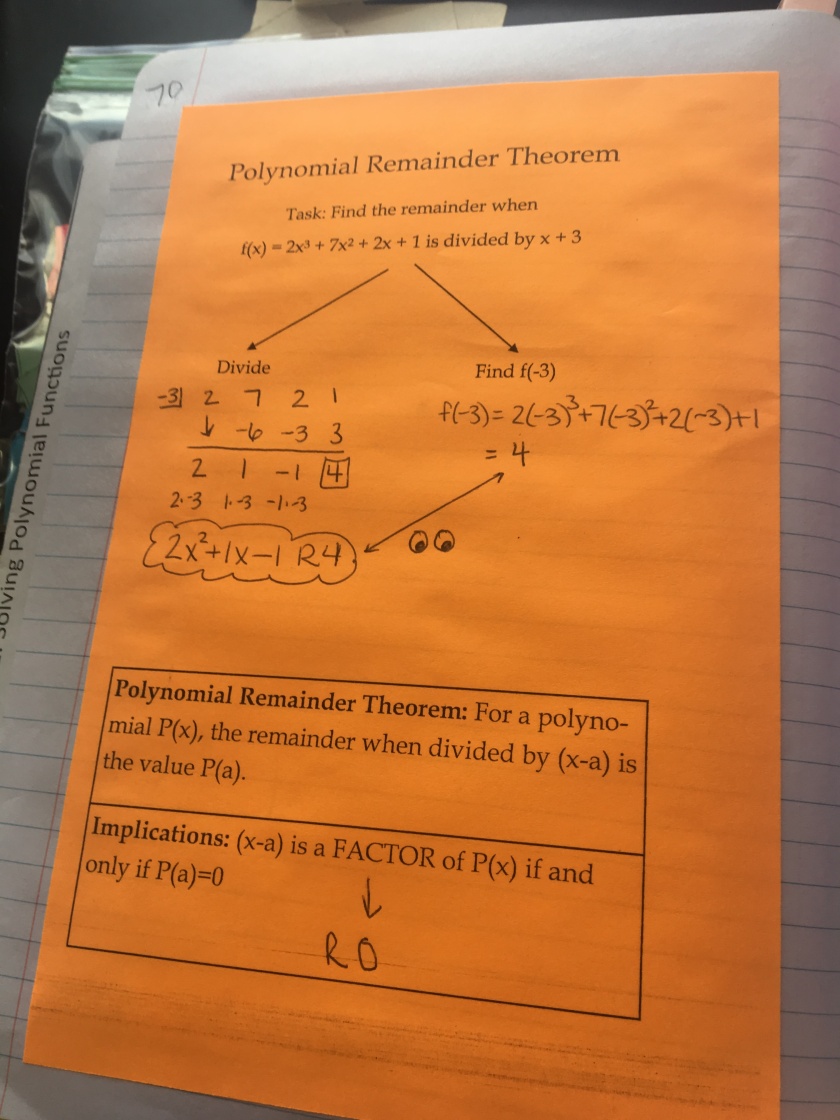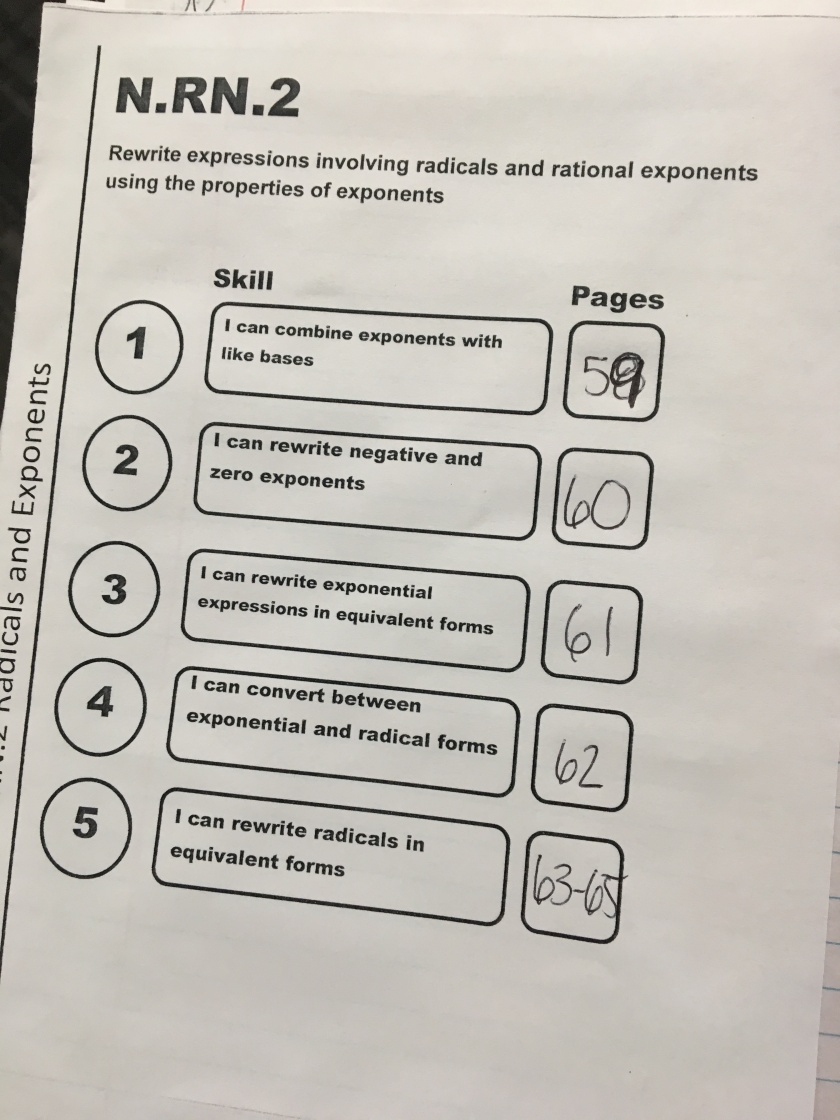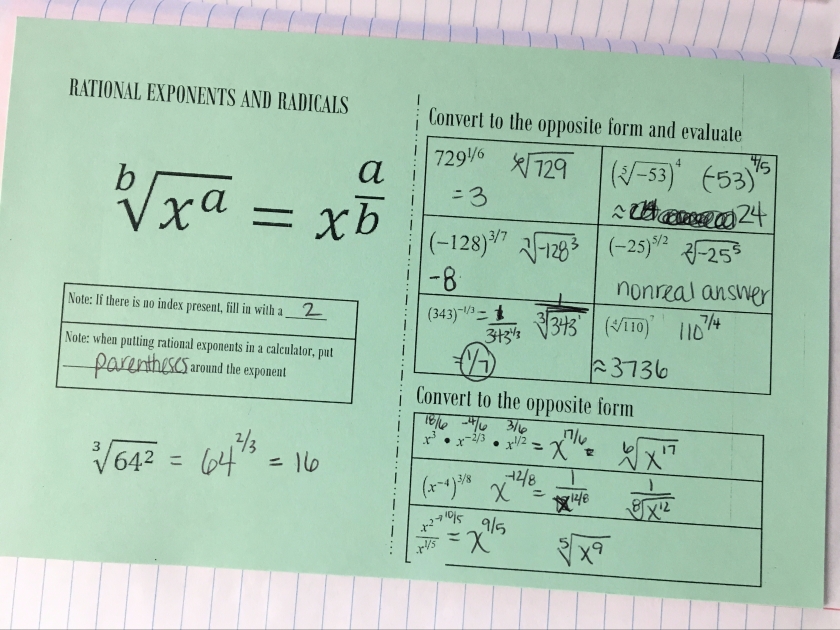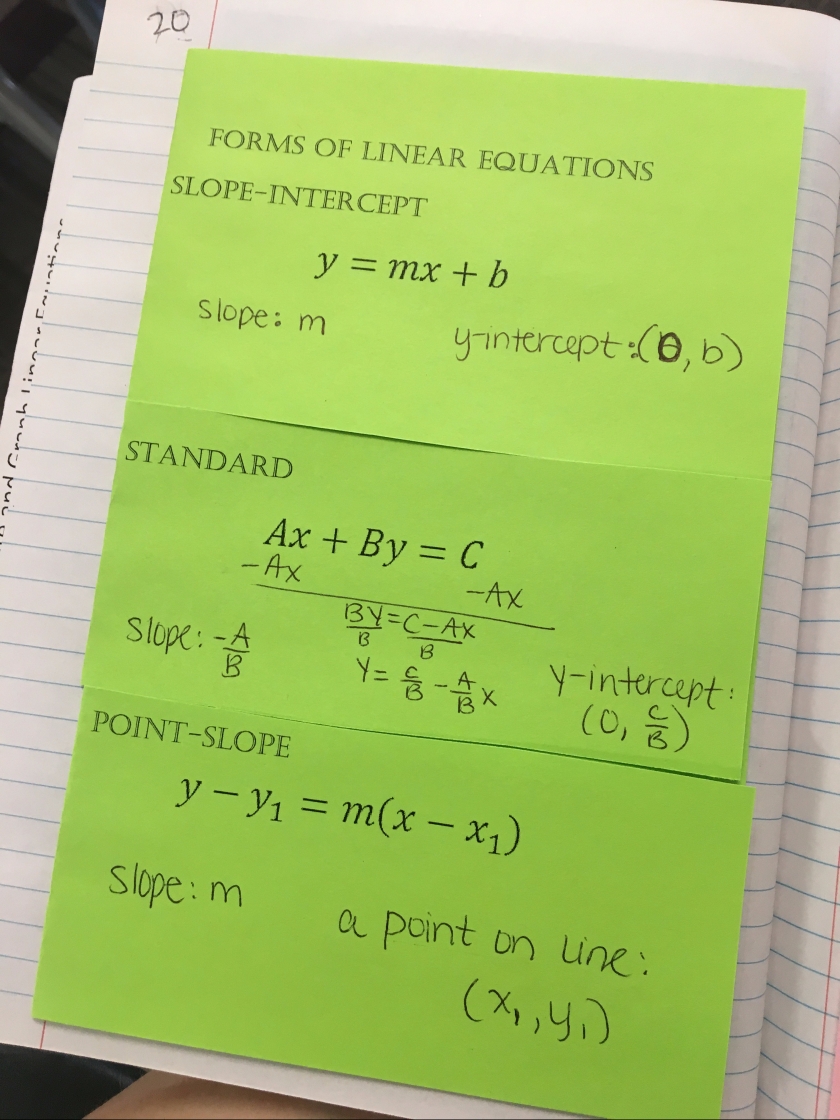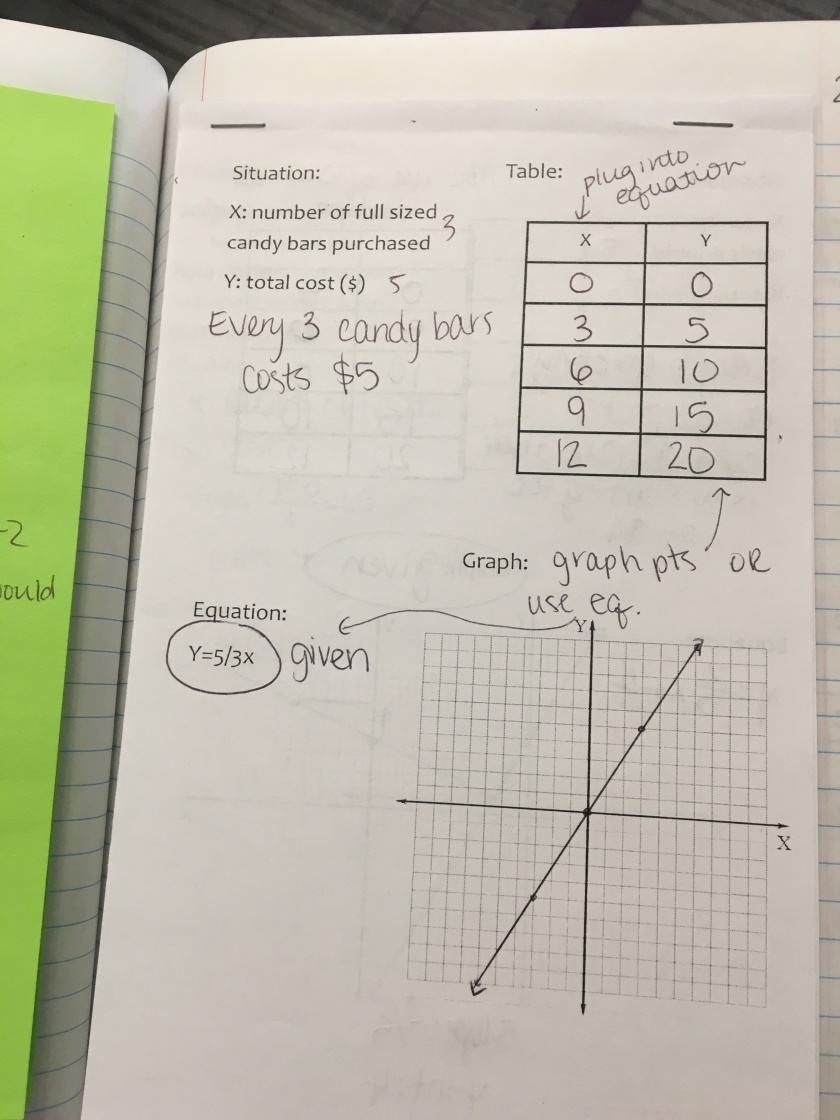The first quarter of 2018 is almost over! What?!
That means it’s time for the next volume of my book recommendation posts. Each quarter, I post briefly about the top 5 books I’ve read in that quarter.
I’ve also recently started a mini project with Megan Morgan in my district to get teachers to share what they’re reading each Wednesday – you can follow the #dcsdpln hashtag or either of our twitter accounts to catch these posts! It’s super fun to see what my colleagues are reading, either for fun or for professional development opportunities, or for grad school.
Hey #dcsdpln! Time to show us what you’re reading over this spring break!! pic.twitter.com/23Ck9hbvyS
— Liz Mastalio (@MissMastalio) March 21, 2018
Anyways, on to my recommendations for this first part of 2018!
Read previous editions:
Vol. 01 | Vol. 02 | Vol. 03 | Vol. 04

I wrote my last post of 2017 when I had read 80 books. I ended up reading 88 books in 2017, and I have read 13 books in 2018 so far! Some of this top 5 is crossover from those last 8 books.
This is an exploration of the attributes that make a princess – from our Disney heroes to the real life princesses still ruling across the world today. Fine explores character traits that they all have in common and how we can embody them in our daily lives, and explores her personal journey to becoming a princess.
This was a great (and fast) read – a defense of the idea that women can be strong, smart, and accomplished without giving up the desire to be feminine and to wear a tiara. It’s about how we can embrace the qualities that make a true princess – strength, kindness, diplomacy, serenity, rationality, and a giving spirit. I loved it. Perhaps a particularly relevant read as we all join in the fervor of welcoming a new princess, Meghan Markle!
Stamped from the Beginning: The Definitive History of Racist Ideas in America – Ibram Kendi
This book uses five major figures from American history to lend context to a comprehensive description of the development of racist ideas in our history. How did they begin, how did they spread, why are they still supported? Assimilationists, segregationists, antiracists, racists. Activists and artists. Every single historical figure you have heard of and many that you have not.
This is what it’s billed as – a comprehensive history of racism in our country. It was highly recommended by a professional development presenter that has spoken to our staff several times whom I intensely respect, and so I did not shy away from getting my hands on this 500 page work. I found myself pretty much every other page going, “I did not know that. I DID NOT KNOW THAT. Oh my god, I did not know that.” Lots of hard truths. Well worth my time reading the 500 pages. It’s not a light or fun or easy read, but if you want to see a better America I think reading this would be a good starting point on that journey.
Tempests and Slaughter – Tamora Pierce
This is the first book in a series following the mage Numair, first seen in the Immortals Quartet also by Pierce. We backtrack to when he was a boy, in mage school, meeting some of the other infamous characters from that quartet and discovering the roots of their relationships and powers. You see Numair (called Arram still here) discovering the vast potential of his power, his struggles with the idea of slavery and nobility, and the beginnings of some very dark goings on.
I grew up reading Pierce’s works in the Tortall universe – The Immortals, The Lioness, Protector of the Small, Daughter of the Lioness. I met her when I was probably 13 years old and have a signed book from her that is one of my most treasured books. Her works were a strong influence in developing my understanding of feminism and what it means to be a strong woman. With that in mind, the entire experience of reading this book I felt like I was coming home to Tortall (well, Carthak). Everything felt familiar and lovely and I was immediately enveloped in the Numair backstory. I am so deeply in love with this world and the other Tortall books formed so much of myself that I really couldn’t do anything but love this. It is very much a background building book for the rest of this series and someone not already in love with this world may complain that not enough happens in this one plot wise, but I cannot cannot cannot wait for more of this.
Truly Devious – Maureen Johnson
Stevie is obsessed with the Ellingham Academy mystery – many years ago, after the unique private school on top of a Vermont mountain opened, the founder’s wife and daughter went missing and are believed to have been murdered by someone using the name Truly Devious. Stevie gets accepted to the Academy with the goal of solving the case, but does not expect to get sucked into one of her own. Death is back at Ellingham Academy, and Truly Devious is, too. Maybe? Murder, or an accident? Related to the first, or a copycat?
I am genuinely atrocious at figuring out clues in mystery novels, and so I literally have NO IDEA what is going on with this case and cannot wait to get my hands on the next one to get some more information. This was gripping and mysterious from the start, and I love dual timeline novels as well. Who are these people Stevie is going to school with????? Is one of them a murderer???? What even? Maureen is an expert mystery builder, and all of her characters seem so incredibly real.
The Lost Colony (Artemis Fowl #5) – Eoin Colfer
10,000 years ago, after the battle for Irleand between human and fairy, all of the fairies moved underground. The demons, however, refused to surrender. Their warlocks used their magic to take the island they lived on out of time and into Limbo. Now, the spell is breaking down, and demons are starting to appear in the human world unexpectedly. Artemis discovers this, and so does another young human girl – could this be his intellectual equal? Of course Artemis and Holly have to try to figure out how to save the day.
The Artemis Fowl books are a series I began reading when I was in the preteen target audience, but only made it through book 3. I didn’t even realize there were more books until I saw an announcement about a film being made and looked into re-reading them. These books are still a delight to read as an adult – fairies, legends, technology, all of the dwarf potty humor – and I am almost finished with the series. This installment is my favorite so far because time travel always blows my mind to think about and it’s fascinating to explore the different structures authors use to set it up. The climax of this one had me on the edge of my seat, wondering how they would be able to get out of this situation because there are 4 more books so they have to survive! I highly recommend this series, especially if you are looking for books to suggest for your middle school aged kids, or one to read with your own kids or out loud in class….or just for you! There’s also a silly code that runs along the bottom edge of the pages in each book, which 10 year old me was STOKED to decode for herself but which adult me just looks up on the internet to read the translation 😉
Happy reading! Share your recommendations in the comments!






